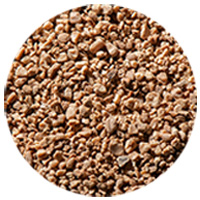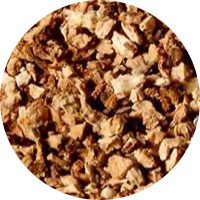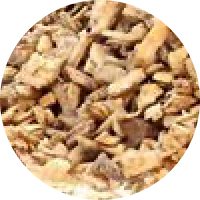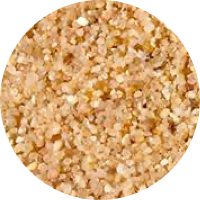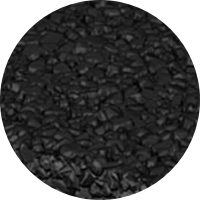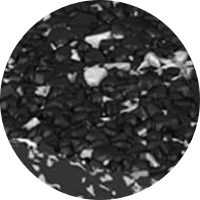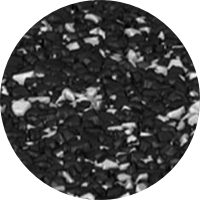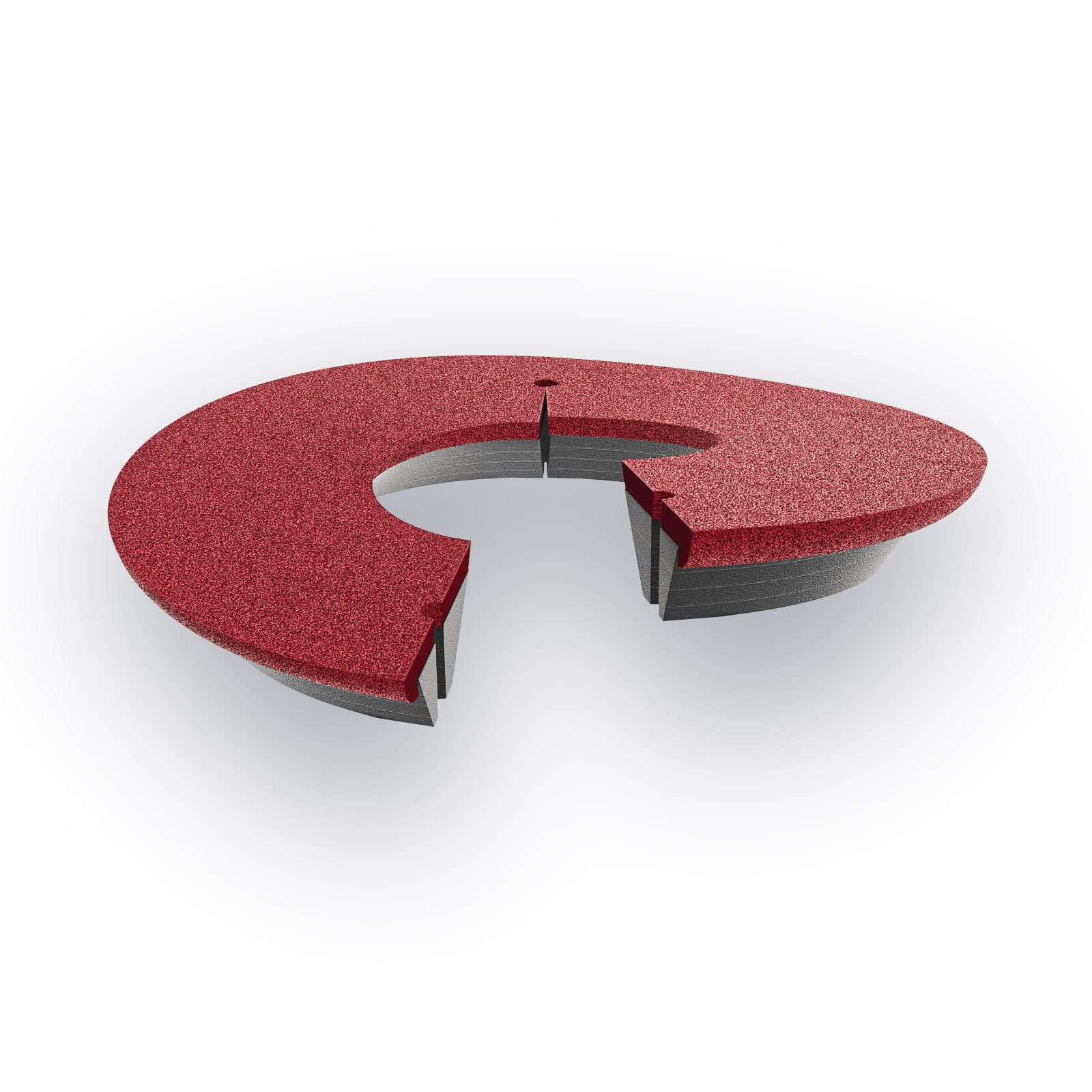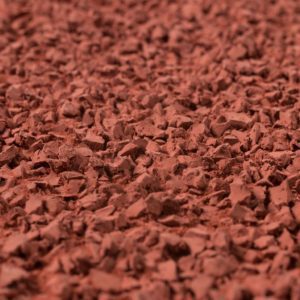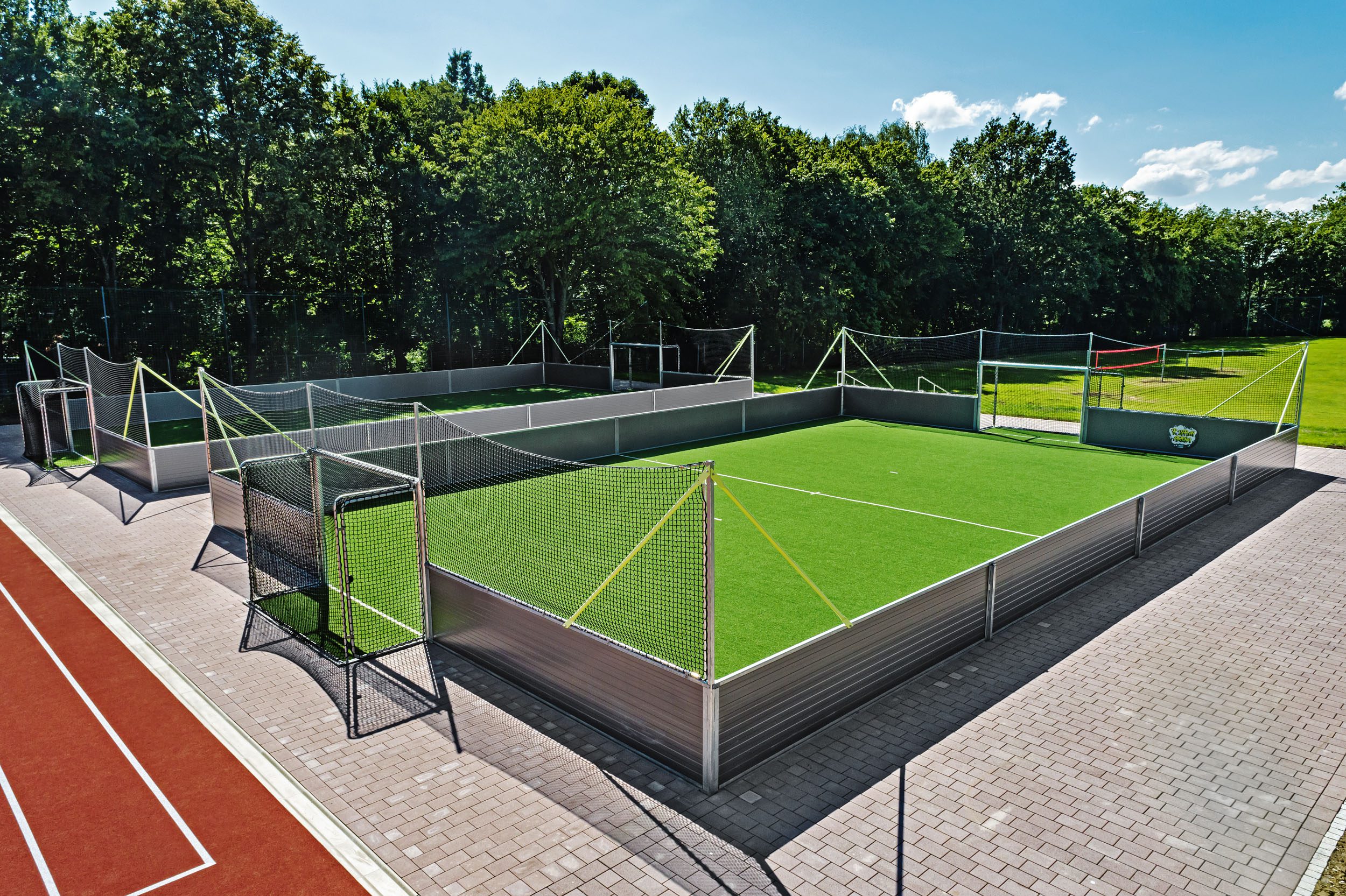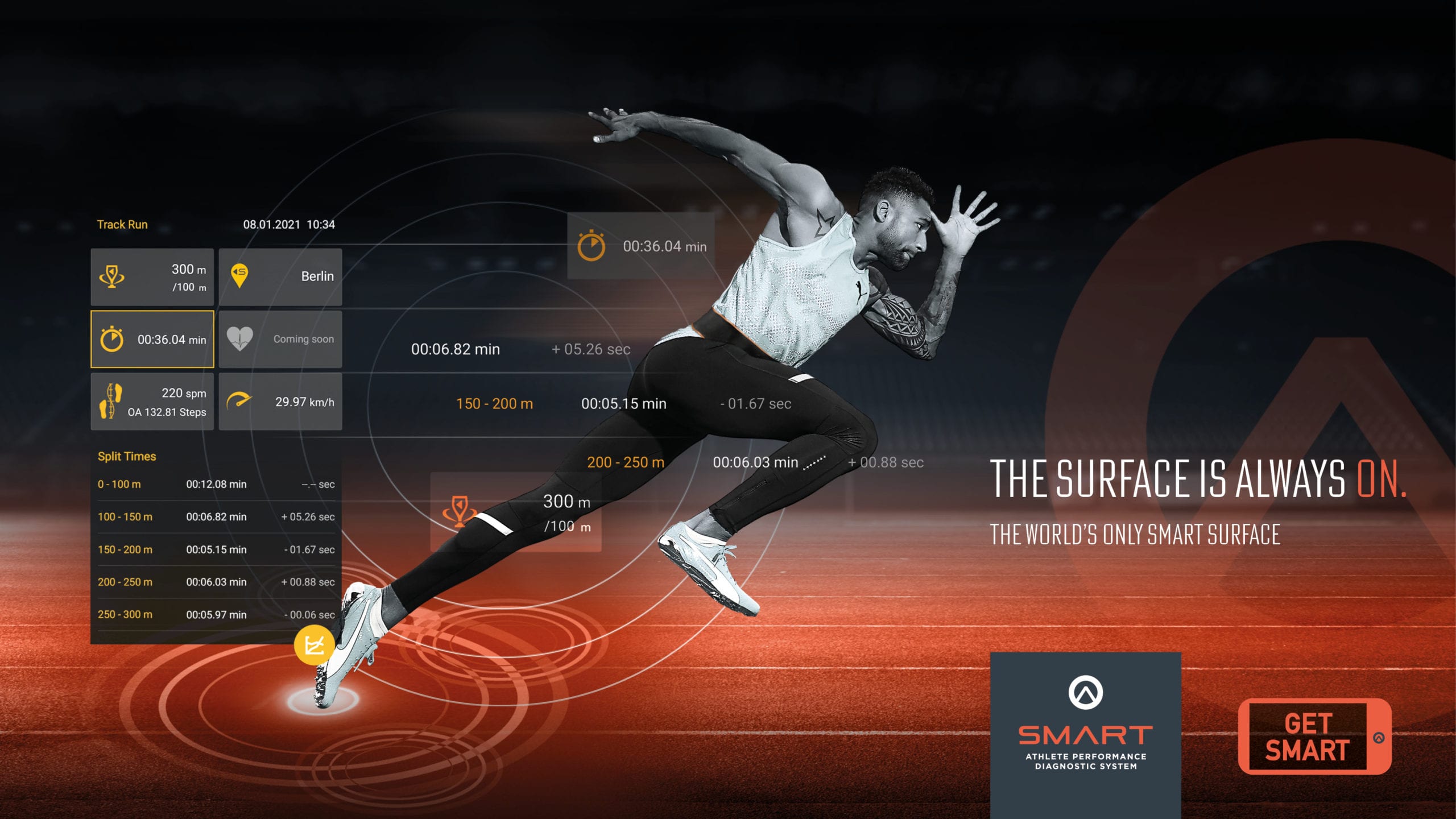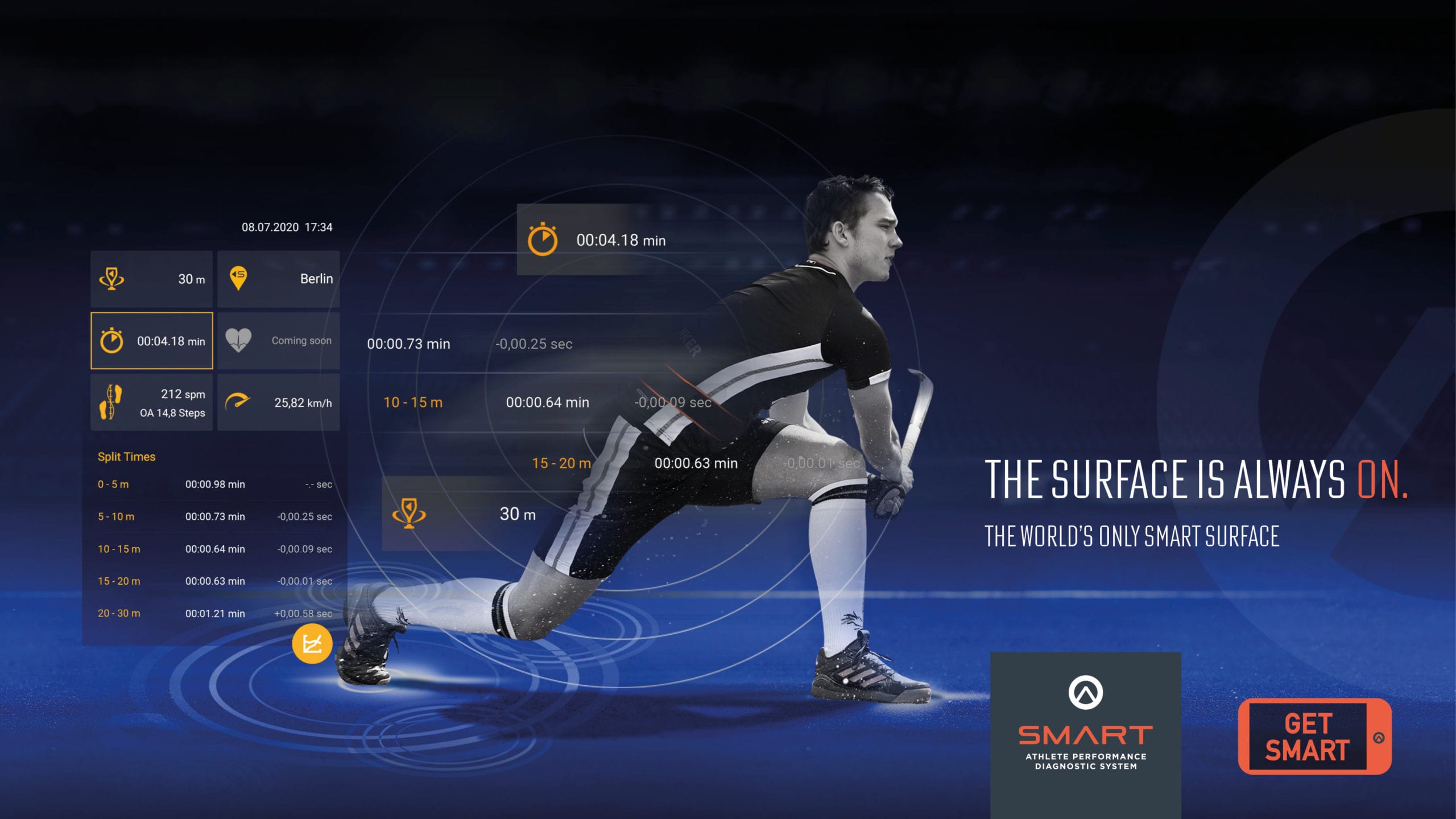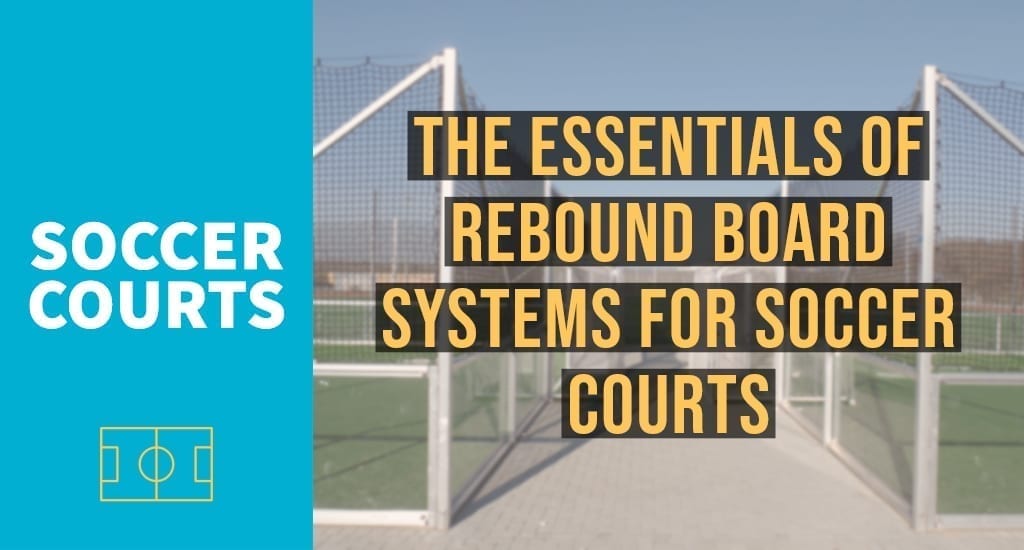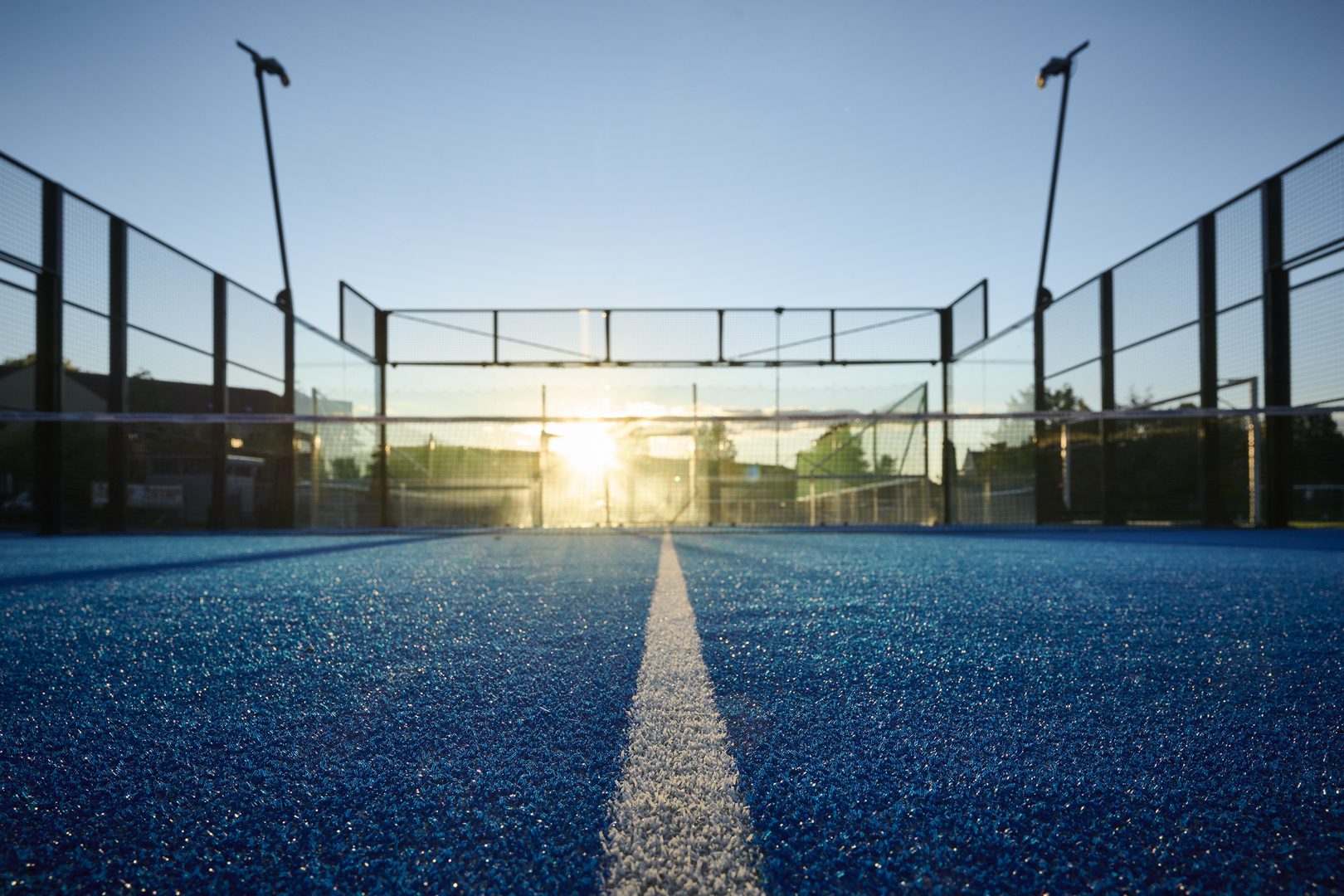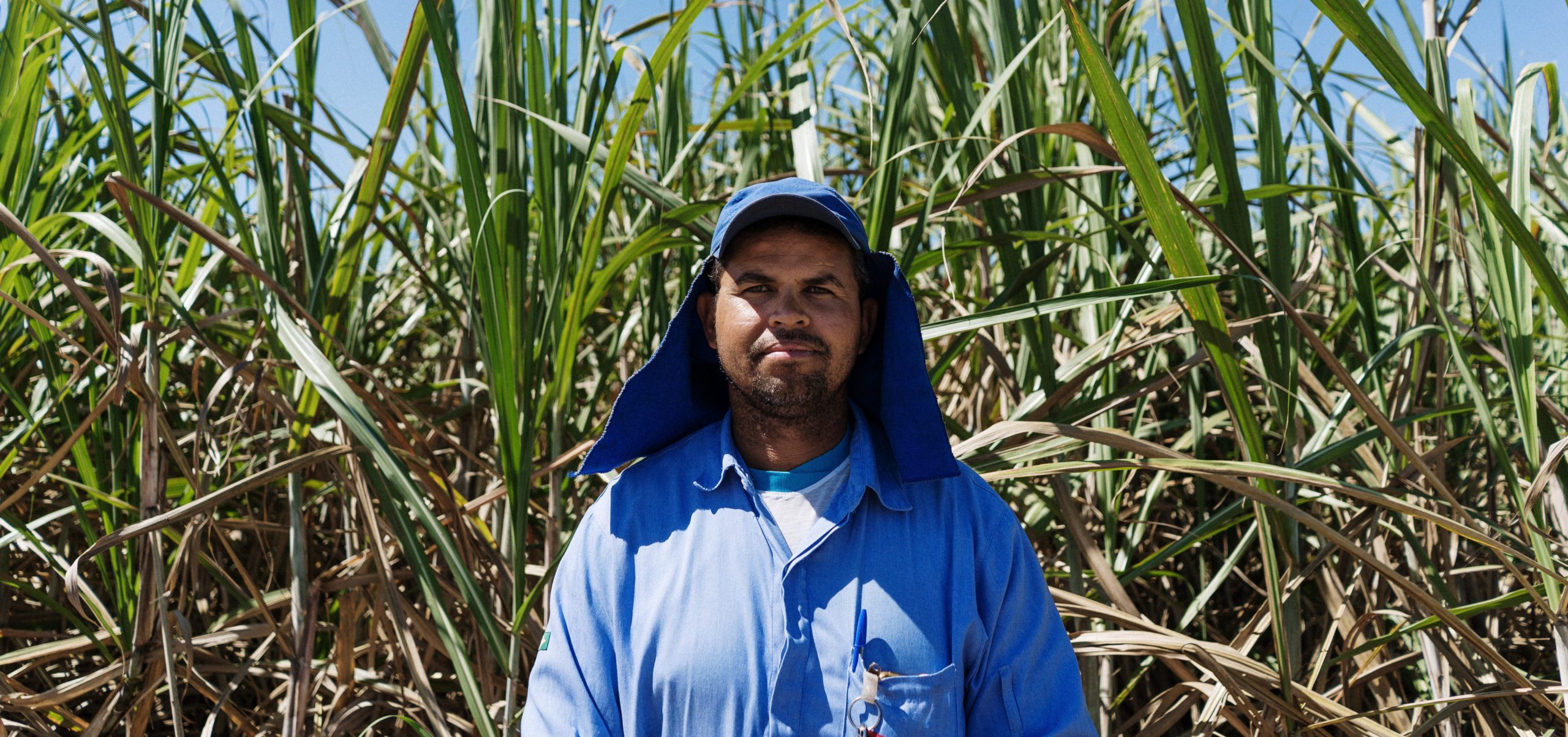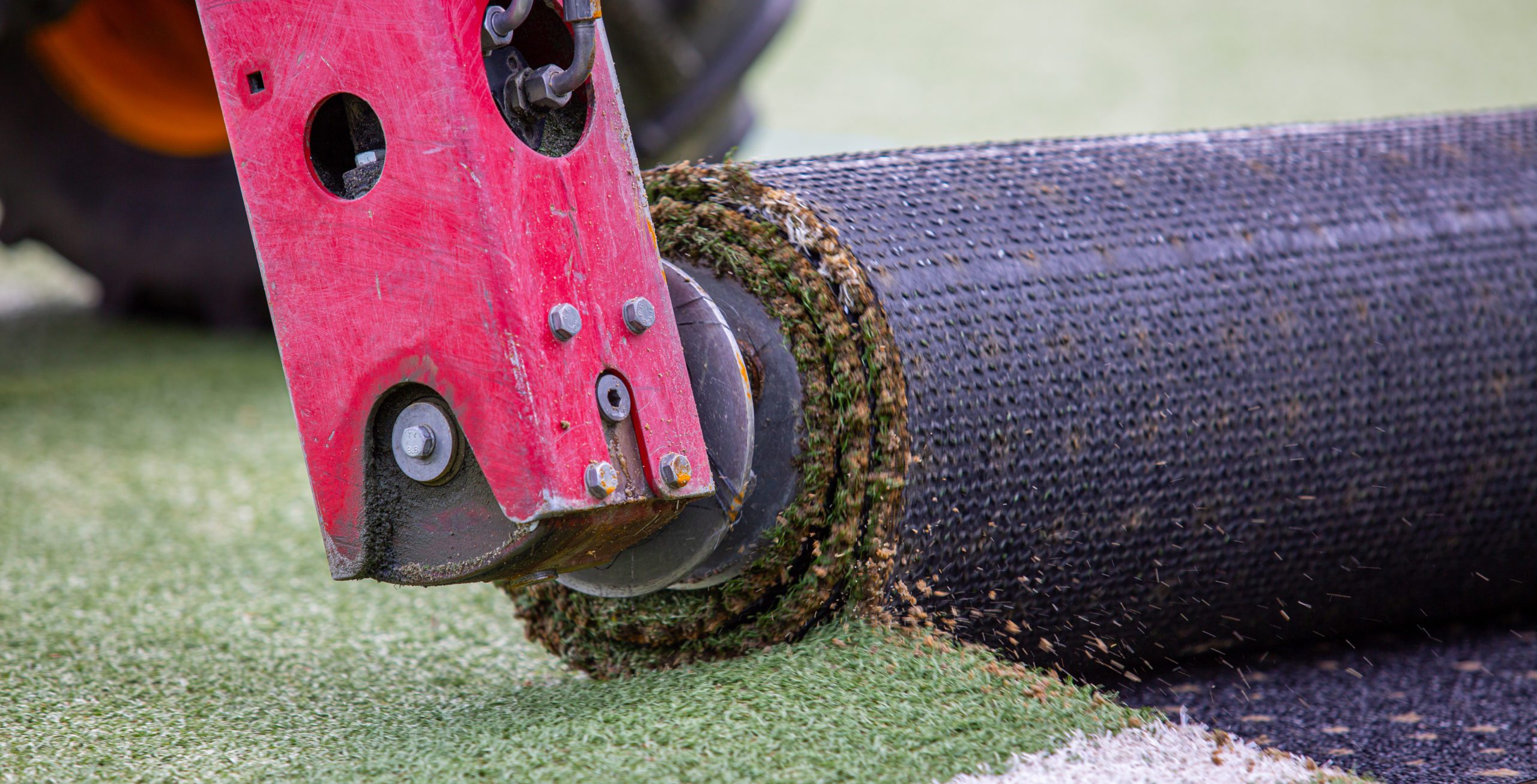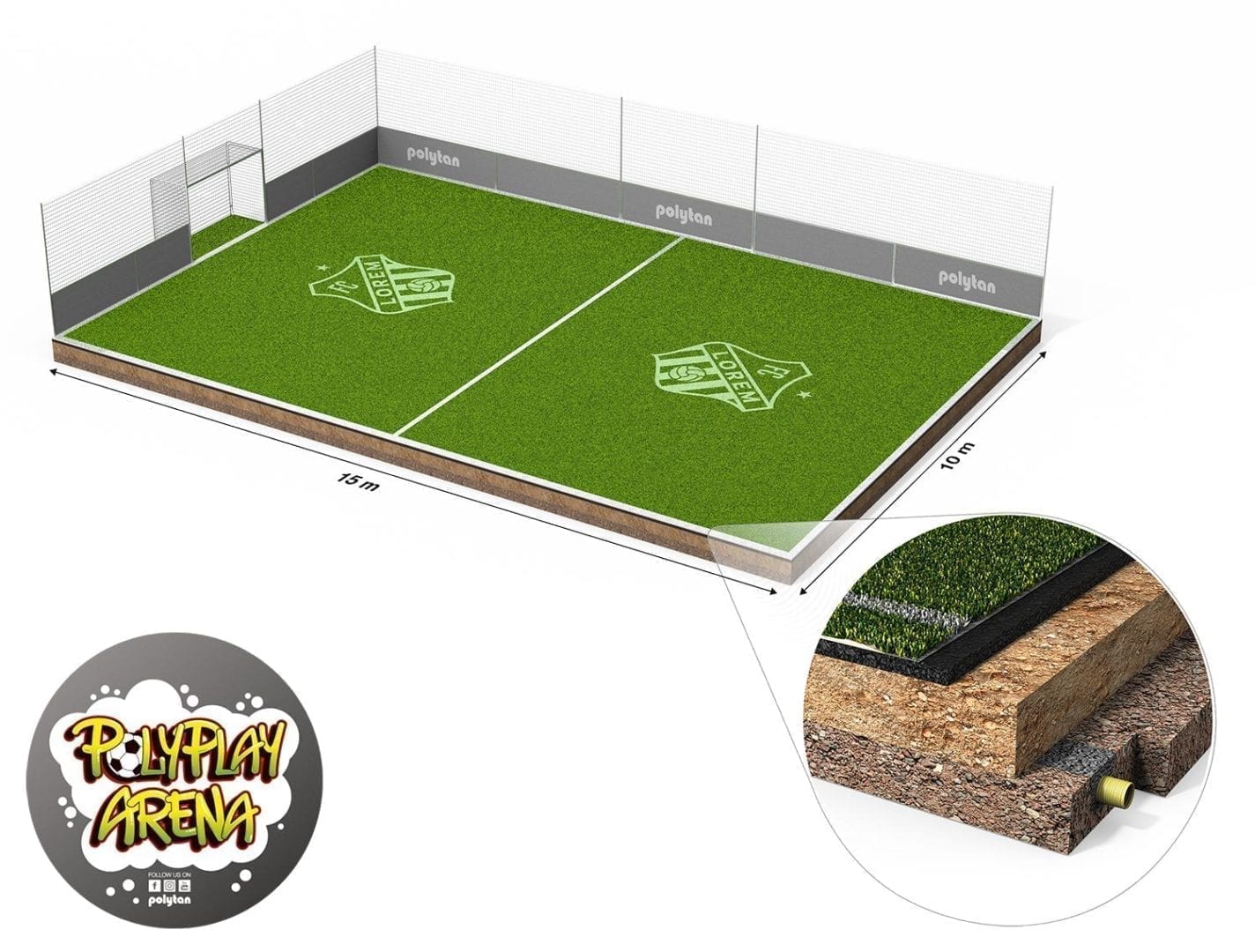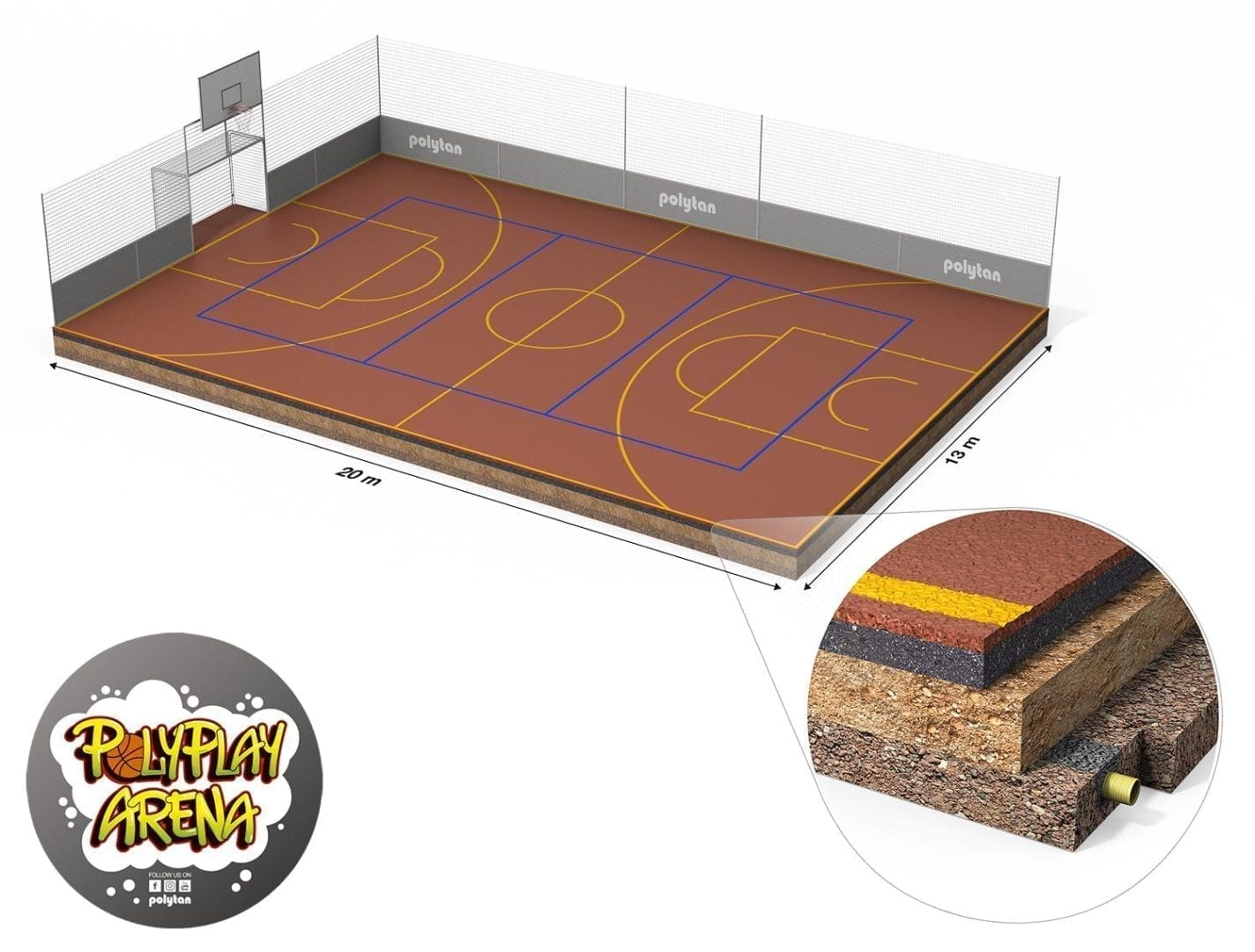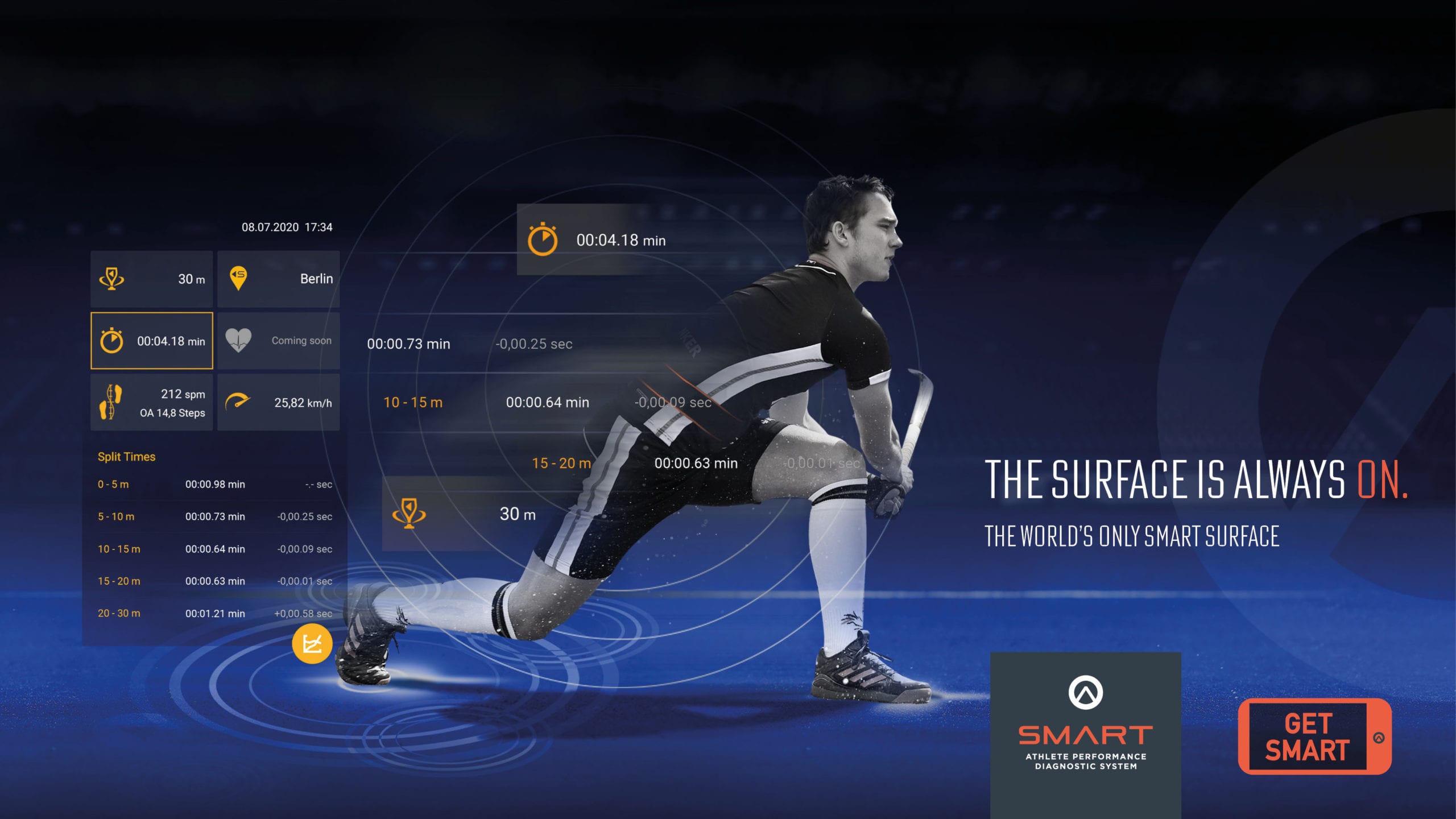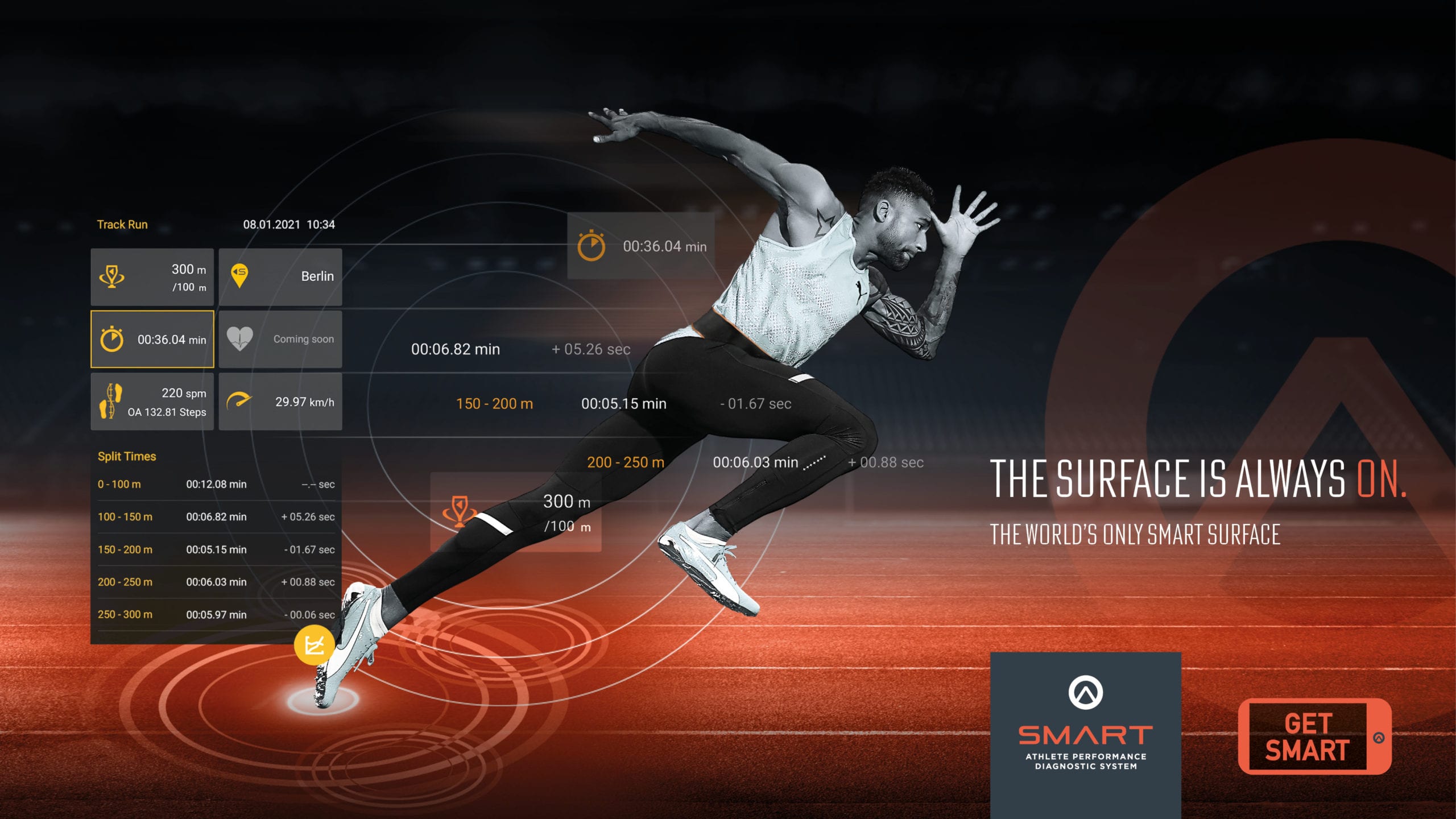Soccer courts with high-quality perimeter systems are becoming increasingly popular – and not least with sponsors who can use perimeter advertising to promote themselves in a targeted way. This is why communities, sports clubs, schools, and companies are increasingly investing in small football pitches with a surrounding perimeter, two goals, and nets. The reasons for purchasing a soccer court are many: For communities, they represent an attractive way for their residents to spend their leisure time. Sports clubs value them because they offer their members alternative forms of training and playing. In schools they contribute to active break-times for students, and also broaden the range of opportunities offered for sports lessons. And in companies, they promote corporate sport, provide training opportunities for corporate teams, and contribute to team building and employee satisfaction.
Soccer courts versus small pitches
Modern soccer courts shouldn’t be confused with small football pitches. Small pitches generally have the dimensions of half a large pitch with a football pitch area of approx. 50 x 70 m, or of a shortened large pitch with a football pitch area of 60 x 75 m. Small football pitches are suitable for children’s, youth, and senior teams with reduced numbers of players, and of course for recreational athletes. Soccer courts differ from small pitches not only by having a smaller pitch size, but also – and most importantly – by having a surrounding perimeter system that can vary considerably in terms of quality. But what is it that ultimately defines a good perimeter system for a soccer court? What technical possibilities are available, and what should those looking to purchase a soccer court look out for? Here to answer these and other questions on high-quality perimeter systems for football and other sports is guest contributor Dr Holger Schmitz, Managing Partner of business elf® – Managementberatung GmbH.
When purchasing a soccer court, good planning is half the game
Before a soccer court can be built, a technical planning phase is a must. The focus in this phase is on the desired and practicable size of the pitch. This depends chiefly on two factors: firstly, the size of the available building space, and secondly, the financial resources of the investor. Both are parameters that can often limit pitch size. In practice, there are four standard sizes that have become established in the soccer court market:
- 15 x 10 m
- 20 x 13 m (DFB mini pitch)
- 30 x 15 m
- 40 x 20 m
REBOUND BOARDS system composition
A soccer court rebound board system consists of, on one hand, a stabilizing rear structure including ground anchoring, and on the other of the pitch perimeter itself. Suitable materials for the rear structure are provided by aluminium or steel, while the pitch perimeters are generally made from coplast, sandwich panels, or glazed perimeter elements. These provide the following commonly available perimeter system combinations:
- Aluminium rear structure combined with
– coplast rebound board system
– glazed rebound board elements
– sandwich panels - Steel rear structure combined with
– coplast perimeter elements
– sandwich panels
When choosing a suitable rebound board system, the ball bounce behaviour and noise emission of the construction elements should also be taken into account.
Ball bounce behaviour and noise emission on the soccer court
High-quality perimeter systems offer bounce behaviour that is very direct and natural. This means that the ball doesn’t bounce back in an unexpected direction following contact with the perimeter during play. Equally important is noise emission. In noise-sensitive locations such as residential areas, noise-reducing football perimeter systems should be used.
Ball nets: design and height
Once the pitch size and perimeter system type have been chosen, it’s time to decide whether the perimeter system should be equipped with ball nets. Two design variants are commonly found: The ball nets are either installed only on the short sides, or around the full perimeter. Height is an important consideration: Two or three metres are standard above an approximately one-metre-high perimeter system, providing a total ball net height of three or four metres. Ball nets over the soccer court pitch are also required if, for example, the playing field is located on a rooftop. Structural issues – with reference to the length and width of the playing field – must also be given technical consideration in this case, in order to ensure safe design. Snow and wind loads are especially significant here, as these can vary from soccer court to soccer court depending on location and technical design – for example, the mesh size of the net.

Game formats and goal sizes
Once the perimeter system and ball net design have been defined, it’s a good idea to determine other aspects of the soccer court configuration; these are invariably dependent on the desired game formats. These aspects include the specification of the goals. Almost all soccer courts are fitted with 3.0 x 2.0 m football goals. Goal sizes of 5.0 x 2.0 m are also possible, however, as well as “mini goal sizes” of 2.40 x 1.60 m, 1.80 x 1.20m, or 1.20 x 0.80 m. Football goals can also be equipped with a basketball assembly which enables them to be used for basketball as well as football. Soccer courts can also be designed as multi-purpose pitches.
Soccer courts as multi-purpose pitches
Volleyball, badminton, or tennis? Multi-functional posts integrated into the perimeter system enable the soccer courts to be used for other game formats. It is also possible to divide the pitch into two separate pitches. Additional mini-goals are integrated into the long sides of the perimeter system for this purpose, and the pitch divided using an additional perimeter. Perimeter systems with break-proof elements, surround kick protection, and rounded corners are available for those who wish to use the soccer courts for roller hockey. Once the desired game formats have been chosen, it’s time to select the right ground surface.

Synthetic turf or tartan? Choosing the right sports surface
If the soccer court is intended to be used for soccer only, a modern synthetic turf system is definitely the best choice. In the case of multi-purpose pitches, on the other hand, I’d recommend other synthetic surfaces such as a running track surface, also known as tartan. As choosing the right ground surface and the correct substructure design are both very important and extensive topics, there is a separate article devoted to them. It’s important to point out here that all ground surfaces require proper cleaning and maintenance at regular intervals in order to preserve their sports performance properties, and for this purpose access points for maintenance vehicles, or similar, should be included in the perimeter system plan.
Mobile soccer courts for temporary events
In addition to stationary soccer courts, which are mostly installed in ground sockets, mobile soccer courts are also available on the market. These distinguish themselves through their high flexibility enabling them to be continuously set up anew in different locations. It is also important for them to be as fast and straightforward as possible to install and dismantle, as the organisers of tournaments, trade fairs, and other events generally operate under considerable time pressure. Despite this pressure, however, it is extremely important not to neglect the mobile soccer court’s stability. Great care should be taken to ensure that the perimeter – including its individual elements – is always stable and cannot tip over. This stability can be achieved with the help of integrated counterweights and a suitable system of feet or supports.
Athlete safety
Athlete safety is another basic and extremely important consideration! Protruding parts or other points where athletes could catch themselves are potential hazards that should be avoided. The entrances and exits to the soccer court must also be kept free and easy for athletes to access and use at all times.
Professional installation by experts
To ensure perfect soccer court installation when the time comes, installation too should be discussed as part of the planning phase. I recommend arranging for construction to be carried out by experienced manufacturers with specially trained installation teams, in order to ensure that the soccer court is ready to use at the point of handover. I’d strongly urge against using self-assembly systems that promise easy self-installation.
Perimeter advertising - expert sponsor showcasing
Advertising opportunities can also play an important role in soccer court rebound board systems. After all, sponsors are often part and parcel of funding a soccer court and want perimeter advertising to be used to represent them at the location in an effective way. My key advice for perimeter advertising in football and other sports is to make sure that the advertising panels are easy to install and that their stability is guaranteed over long periods. They should also be as easy as possible to swap with others in the event of a change of sponsors.

The optimal soccer court
In conclusion, it can seen that there are a lot of parameters to take into consideration when planning and building a soccer court. In addition to the planning and technical aspects discussed above, these also include the continuous process of obtaining official approval. With this in mind, I’d advise interested clients to directly contact perimeter system manufacturers such as artec® Sportgeräte GmbH, as well as ground surface manufacturers. These experts will provide you with competent and targeted advice, saving you a detour via other retail channels.
